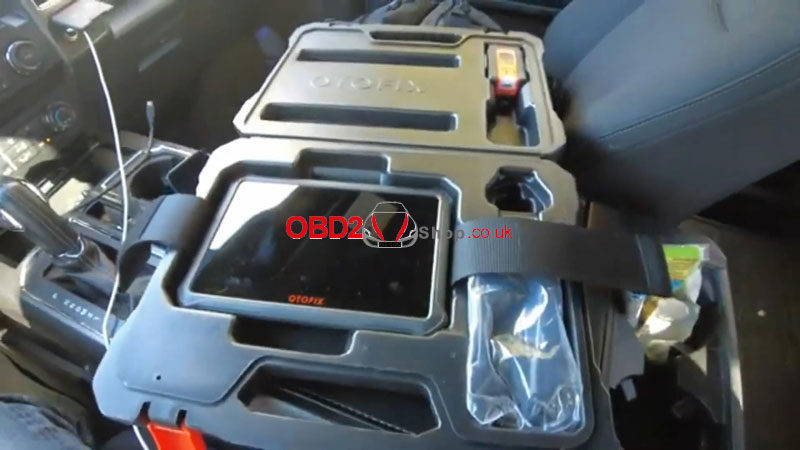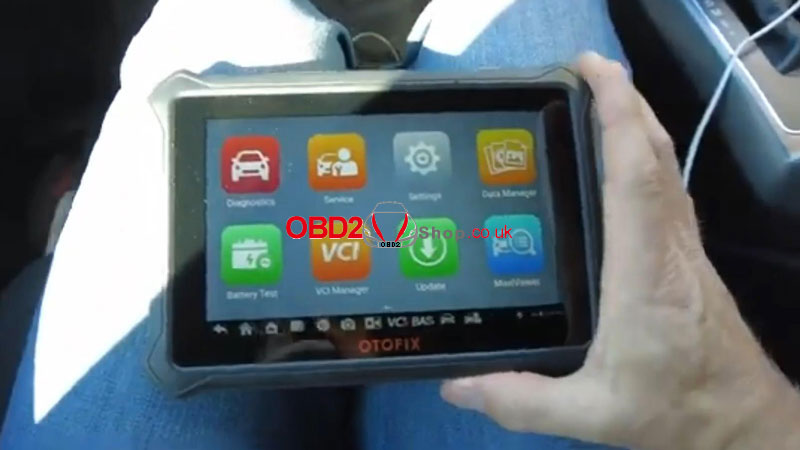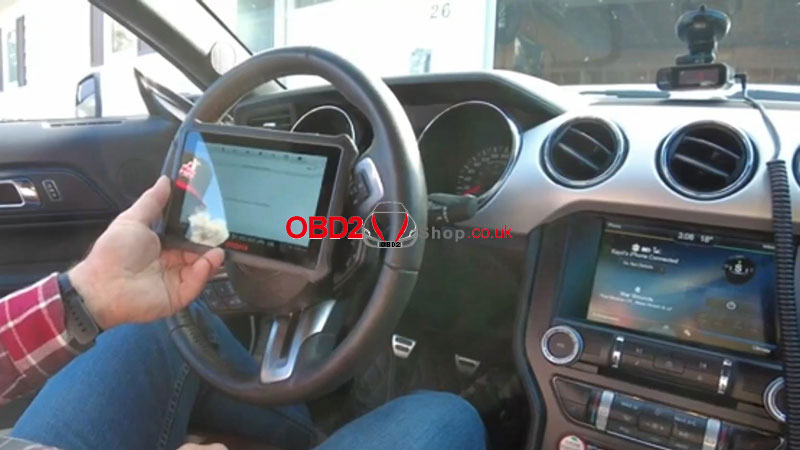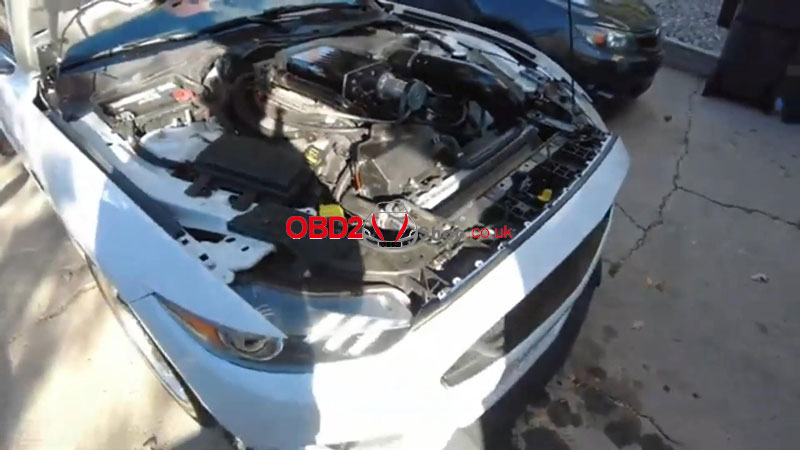As a technician, I’m always skeptical of “pro-sumer” tools. So when I had the chance to test the OTOFIX D1 Lite on a tuned 2015 Ford Mustang GT with a Kenne Bell supercharger, I was curious to see if it could hold its own.
Spoiler alert: I came away impressed.
A quick note on the brand: Otofix is a professional sub-brand from Autel, and this unit runs on the same robust, user-friendly Android-based system that Autel is known for.
First Look & Setup: Unboxing the D1 Lite
The D1 Lite feels like a mini Android tablet. It’s compact, the touchscreen is responsive, and it comes with a Bluetooth OBD2 dongle that has a built-in flashlight nice touch for dark garages.
Our only hiccup was right at the start: you must pair the dongle to the tablet via Bluetooth before you can do anything. Once we figured that out (took 30 seconds), we were in business.


The Real-World Test: Diagnosing a Supercharged Coyote
We plugged into my buddy Cade’s 2015 Mustang. The menu was intuitive: we selected Ford, and the tool automatically identified the vehicle as a 5.0L Gasoline Manual-spot on.
We ran the “Auto Scan,” which checked every module in the car. The speed was decent. It’s not quite as fast as my $8,000 shop laptop, but for the price, it’s more than quick enough.
Here’s what we found:
PCM Codes: It flagged catalyst efficiency codes-no surprise, as the car has no catalytic converters.
U-Codes: We found some communication codes (U-codes) which, from my experience, often point to a past low battery or voltage dip.
The Cool Find: It pulled a code for the Adaptive Cruise Control radar sensor. This was a great diagnostic clue. The car has a GT350 front bumper, so the sensor is likely misaligned or its calibration was lost. The D1 Lite told us exactly where to look without any guesswork.
We also poked through the live data stream, which was smooth and easy to read. This is perfect for monitoring sensor values if you’re tracking down a tricky intermittent issue.




My Verdict as a Technician
The OTOFIX D1 Lite is a powerful bridge between basic code readers and intimidating professional tools.
What I Liked:
1. Extensive Vehicle Coverage: It works on everything from your daily driver to exotics. That’s huge.
2. User-Friendly Interface: It’s not clunky. Anybody with a smartphone can navigate it.
3. Deep Diagnostics: Reading codes, viewing live data, and resetting monitors across all systems (Engine, ABS, SRS, etc.) is exactly what a DIYer or home mechanic needs.
4. Incredible Value: It does about 90% of what most people would need from a professional scanner for a fraction of the cost.
The Limitation (and it’s a good one):
It doesn’t do module programming. And honestly, that’s a safety feature. Programming can brick your car’s computer if it goes wrong. For most home users, this is the perfect tool to diagnose, not to flash.
Should you buy the OTOFIX D1 Lite?
Absolutely. If you’re a car enthusiast tired of paying $150 just for a shop to read your codes, or if you love working on your own modern vehicles and want to understand them better, this tool is a game-changer. It’s the perfect partner for your garage, giving you the confidence and information to tackle jobs yourself.
It’s a solid 9/10 for the DIY and pro-am crowd.



